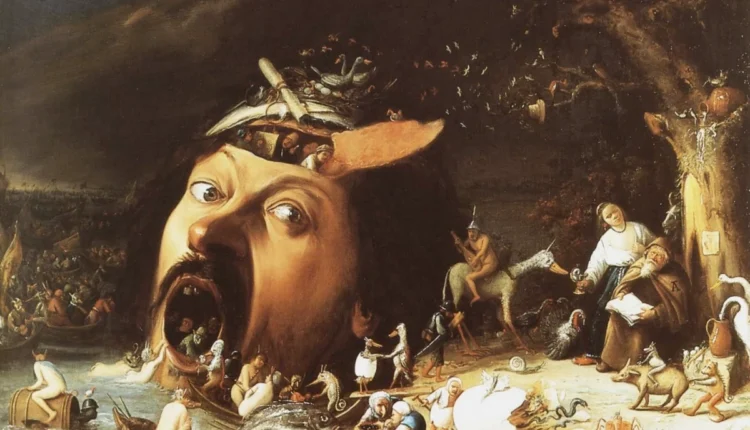Introduction
Casteò, an intricate societal construct, has long played a pivotal role in shaping communities and individual identities. Its roots trace back to ancient times, and its evolution has taken various forms across different cultures globally.
The Evolution of Caste Systems
Caste systems have ancient origins, with evidence of their existence in early civilizations. These systems have evolved differently in various parts of the world, each with its unique characteristics and impact on societal structures.
Societal Constructs and Casteò
The impact of caste on social structures is profound. It not only defines an individual’s social standing but also influences their opportunities and interactions within the community. Understanding its role is crucial in grasping the complexities of societal dynamics.
Challenges and Controversies
While caste systems were initially designed for social organization, they have often led to discrimination and inequality. Modern perspectives on caste challenge traditional norms, fostering debates and controversies that shape the discourse on societal equality.
Casteò in Different Cultures
Comparative analysis reveals that caste systems differ significantly across cultures. Examining these differences sheds light on the unique aspects and nuances embedded in each society’s approach to social hierarchy.
The Intersectionality of Casteò
Caste intersects with other aspects of identity, such as gender and race. This intersectionality adds layers of complexity, requiring a nuanced understanding of how various societal constructs intertwine.
Addressing Stereotypes and Misconceptions
Breaking down myths surrounding caste is essential for fostering a more inclusive society. Encouraging open dialogue can challenge stereotypes and promote understanding among diverse communities.
Casteò in Contemporary Times
The dynamics of caste have evolved over time, influenced by legal and social reforms. Exploring these changes is crucial in understanding the current landscape and anticipating future developments.
Cultural Impact of Casteò
Caste influences not only social structures but also cultural narratives. Examining its impact on art, literature, and representation in various media forms provides insights into how deeply entrenched caste is in our collective consciousness.
Educational Perspectives
Caste continues to play a role in academia, affecting the experiences of students and educators alike. Addressing caste-related challenges in education is essential for creating inclusive learning environments.
Economic Implications
Caste-based economic disparities persist, impacting individuals’ access to opportunities. Exploring entrepreneurship within different caste groups offers insights into the economic implications of this societal construct.
The Role of Media
Media plays a significant role in shaping public perceptions. Analyzing how caste is portrayed in the media and discussing the responsibilities of media outlets can contribute to a more informed and empathetic society.
Activism and Advocacy
Movements advocating for caste equality have gained momentum. Exploring grassroots initiatives and the role of activists in challenging caste-based discrimination provides a comprehensive understanding of ongoing efforts for societal change.
Global Perspectives on Casteò
Caste is not confined to specific regions; it is a global concern. Understanding international awareness and fostering collaboration on a global scale are essential steps towards addressing caste-related issues.
Conclusion
In conclusion, exploring the intricacies of caste reveals a complex tapestry that has woven its way through human societies for centuries. By acknowledging its impact on various aspects of life, we pave the way for meaningful conversations and collective efforts towards a more inclusive future.


